An impressive fragmentary Roman bust in limestone depicting Vulcan (Hephaestus), god of fire and the forge. The god is shown bare-chested, his right hand folded across the chest holding a bundle of blacksmith’s tools, including pincers and a hammer handle, unmistakable attributes of his divine craft.
The medium-grained limestone, dotted with natural vacuoles and mineral concretions, bears a soft chalky patina typical of a slow, uniform aging process resulting from ancient burial. The breaks at the neck and shoulders, old and cleanly fractured, add to the archaeological nobility of the piece.
The back, carefully tooled and pick-dressed, indicates that the sculpture was likely mounted against a wall or served a decorative architectural function. The fine dust embedded in the folds and the surface abrasions attest to authentic, unrestored antiquity.
By its robust modeling and restrained realism, the bust aligns stylistically with the Roman production of the 1st–2nd century AD.
Object: Fragmentary bust of Vulcan
Culture: Roman
Period: 1st–2nd century AD
Material: Medium-grained limestone with light, even patina
Technique: Direct carving with gradine finish; pick-dressed reverse
Dimensions: 150 × 237 × 120 mm
Condition: Good overall condition; ancient breaks stabilized, minor chips, consistent reliefs, solid structure
Provenance: Former German private collection, acquired before 2013
Authenticity: Certificate of authenticity provided
A primordial deity of fire and metallurgy, Vulcan embodies the dual nature of fire — both creative and destructive. As protector of artisans and craftsmen, he symbolizes the intelligence of matter subdued by human skill.
In Rome, his cult, one of the oldest in the city, was centered at the Volcanal, near the Capitoline Hill, and celebrated during the Vulcanalia (August 23rd), when offerings were thrown into the flames to appease his power.
In Roman art, Vulcan is portrayed as a strong, rugged craftsman, holding his tools of labor — a reminder that technical mastery itself was divine.
This fragment, with its muscular modeling and forging implements, belongs to this iconographic tradition, exalting the sacred dignity of craftsmanship and the divine nature of creation through work.
Composition: Bare torso, draped over the right shoulder, hand grasping forge tools — the defining gesture of the god.
Sculptural style: Firm volumes, controlled musculature, deeply cut folds; stylistically linked to the Flavian–Trajanic era.
Surface: Stable burial patina, minor erosions, natural porosities revealing the stone’s age.
Workshop traces: Tool marks and pick-work visible on the back; no evidence of modern reworking.
Breaks: The fractures at the neck and arms are softened by time — secure indicators of ancient origin.
Technical reading: Carved from a homogeneous local limestone, with no recarving or modern polishing; noble weathering has become part of its aesthetic value.
This fragment captures the force and realism of Roman sculpture, uniting technical vigor with spiritual depth. The hand gripping the forge tool symbolizes human mastery over fire — a powerful image of the divine craftsman.
With its sober presence, expressive anatomy, and authentic patina, this bust stands as a testament to Roman artistry, evoking both labor and transcendence.
It holds particular value for collections devoted to imperial Roman art, ancient craftsmanship, or the symbolism of fire and creation.
Documented provenance: Former German private collection, acquired before 2013
Authenticity: Official certificate issued; complete provenance dossier available
Guarantee: Examined and authenticated according to international standards of expertise and traceability
An exceptionally expressive fragment, this Roman bust of Vulcan revives the sacred spirit of the forge, blending the strength of the artisan’s workshop with the divine poetics of creative power.



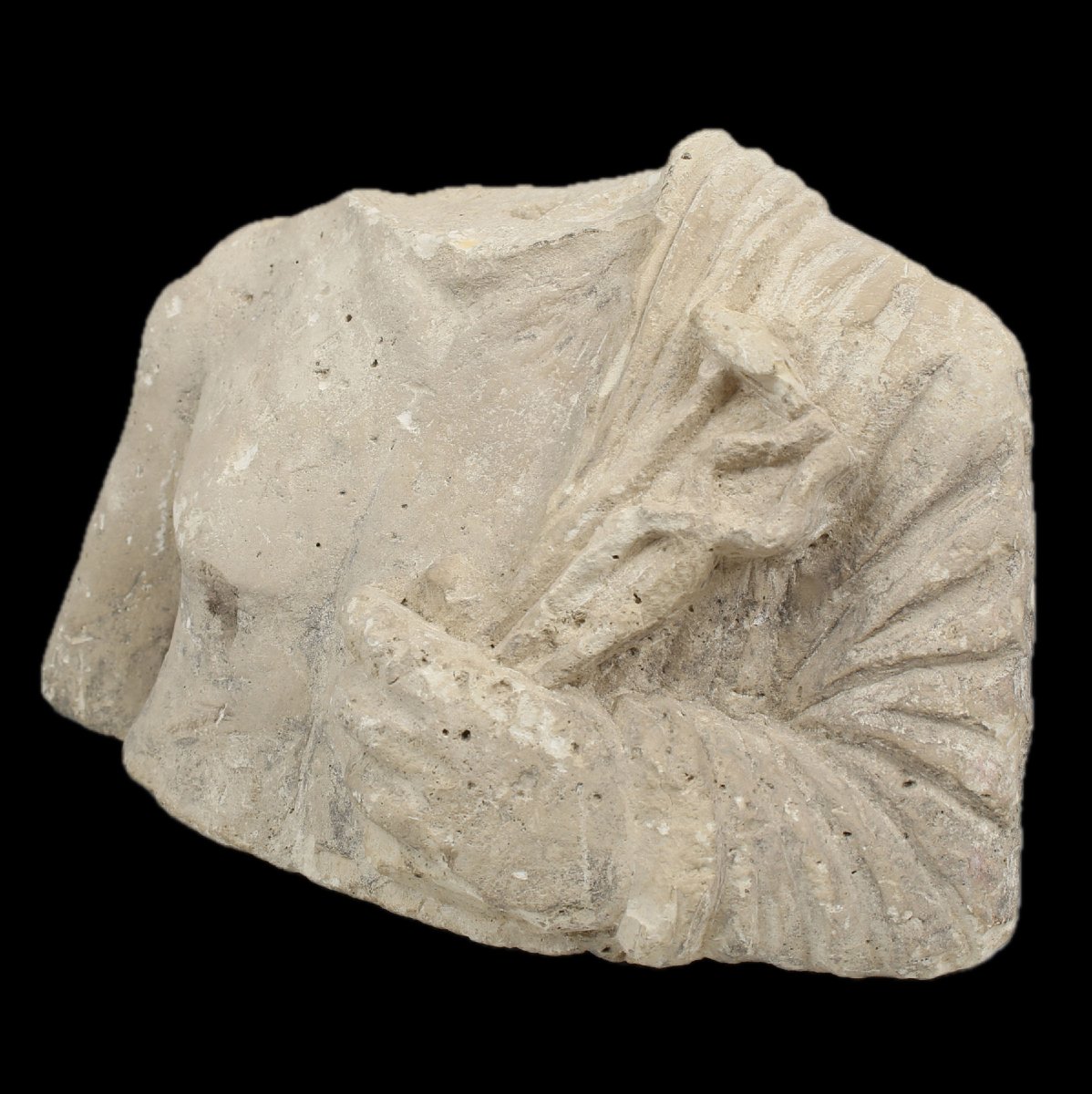
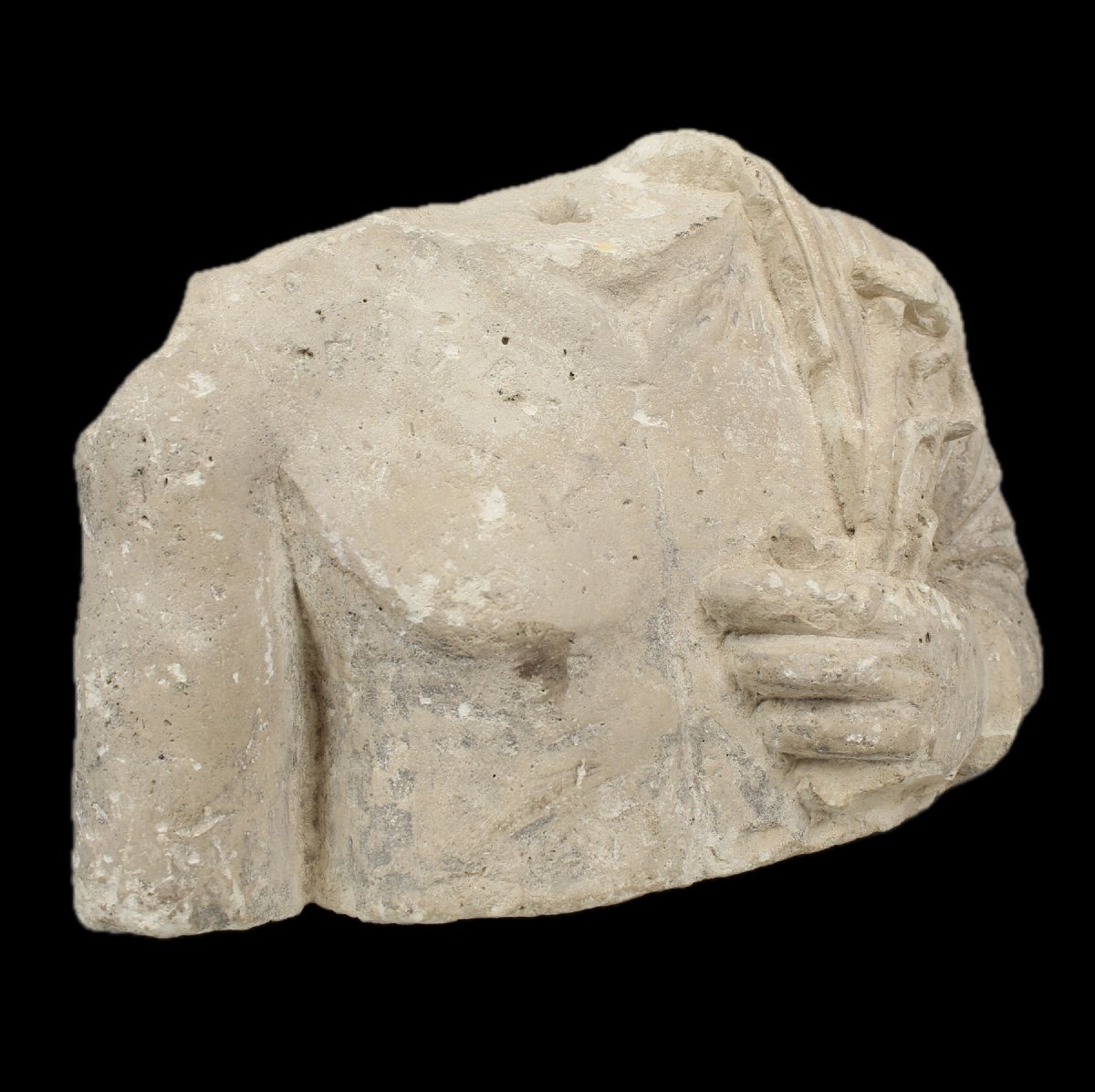
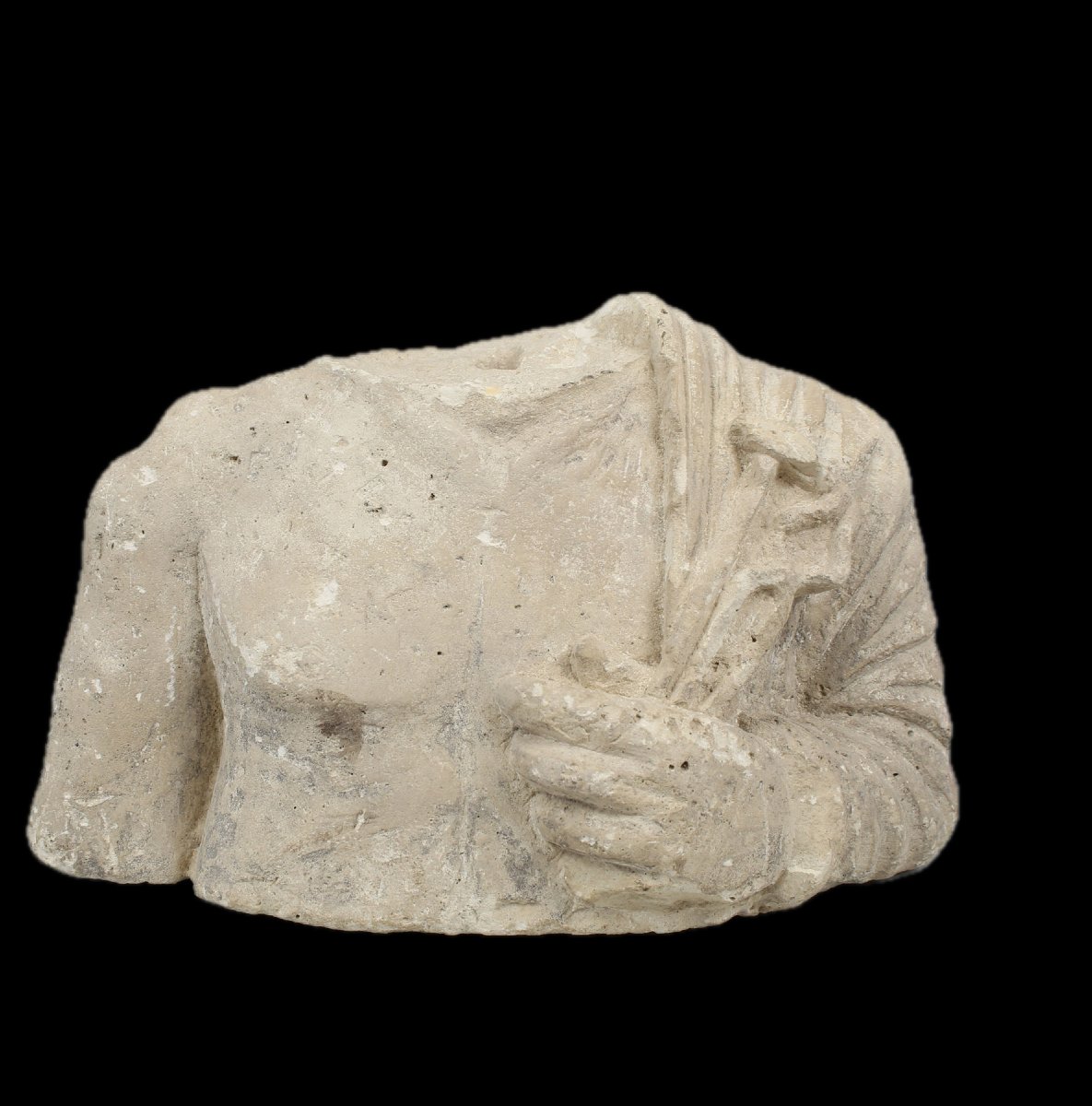

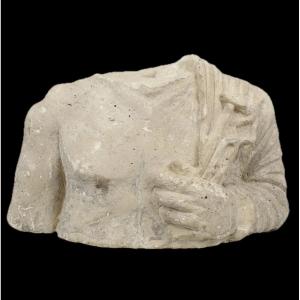





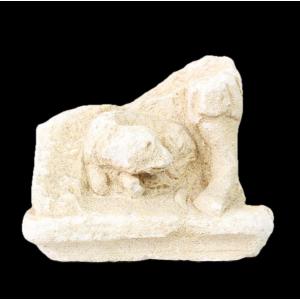

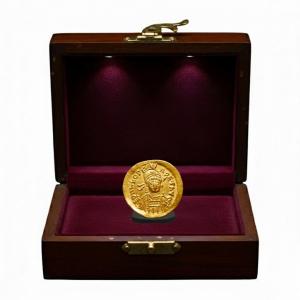

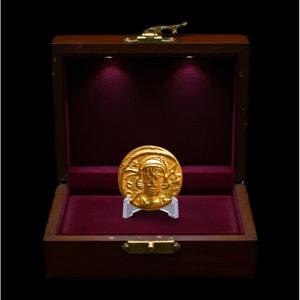
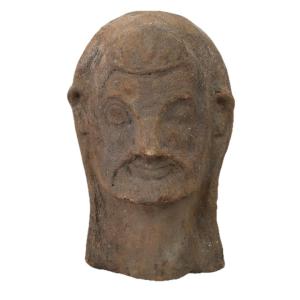
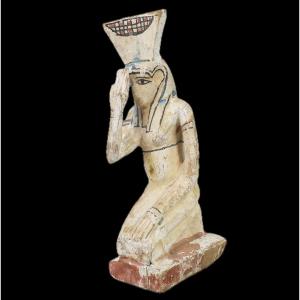
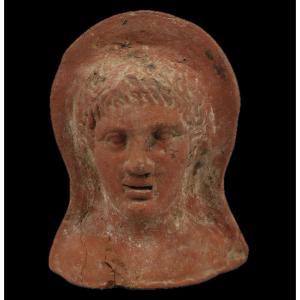
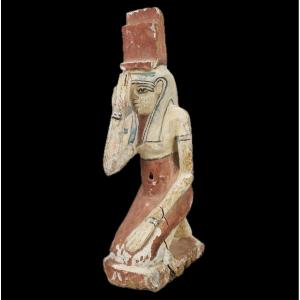
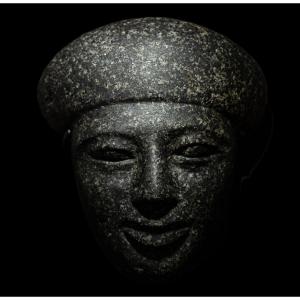
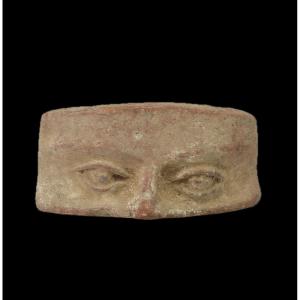




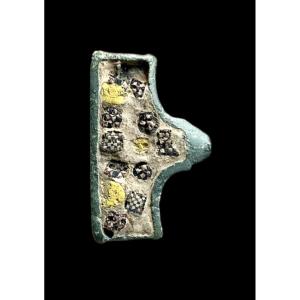
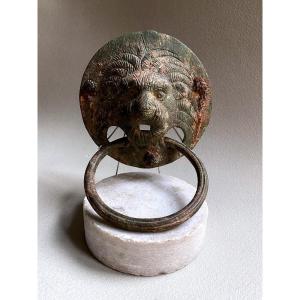
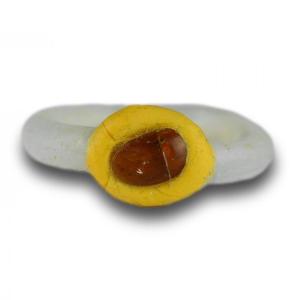




 Le Magazine de PROANTIC
Le Magazine de PROANTIC TRÉSORS Magazine
TRÉSORS Magazine Rivista Artiquariato
Rivista Artiquariato